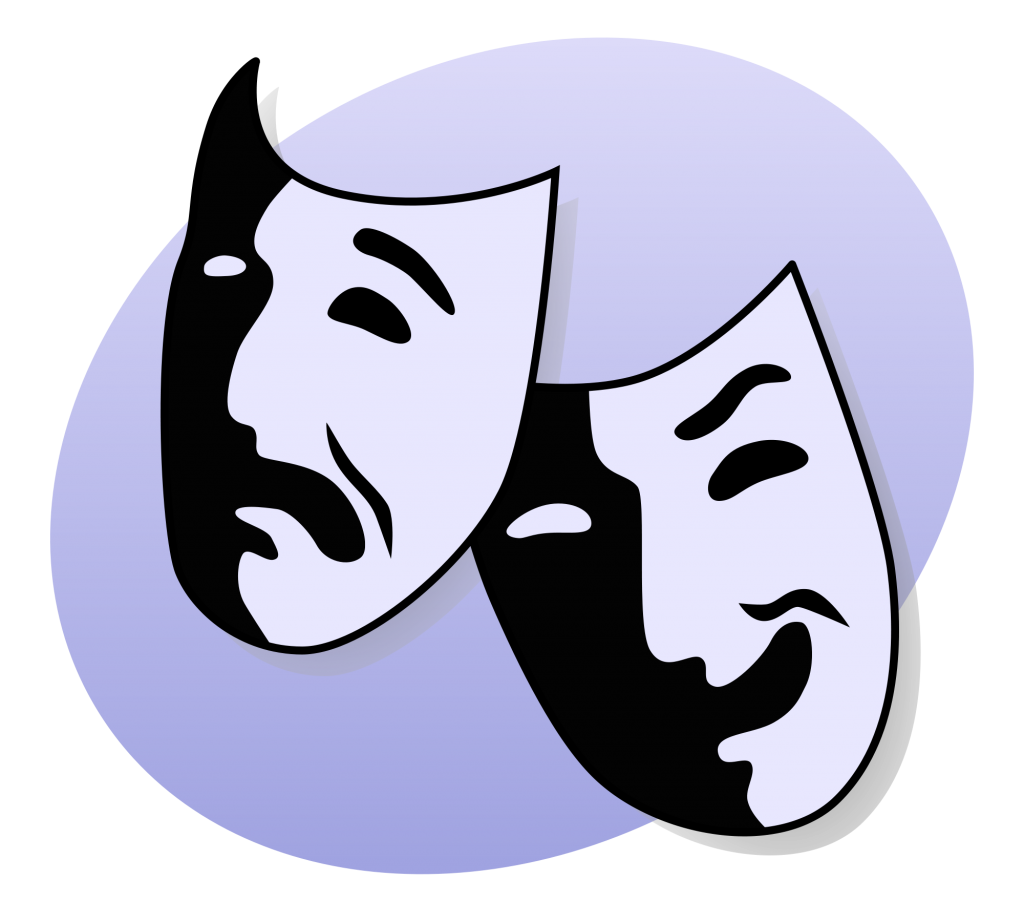In the early 1970s psychologist Dr. David Rosenhan from Columbia University did a crazy experiment. He took a group of eight ‘normal’ (whatever that means) people, and sent each one to a different psychiatric hospital where they pretended to hear dull voices. Other than lying about hearing voices, they were given strict instructions to behave ‘normally’. The psychiatrists at the hospitals diagnosed seven of them with schizophrenia, and one with manic-depressive psychosis. They were all asked to stay in the hospital for treatment. None of the hospital staff suspected they were faking, but many mentally ill patients thought they were journalists on an undercover mission.
Once inside the hospitals, they stopped pretending to hear dull voices and asked to be released. The psychiatrists refused. To get released, Rosenhan’s fake patients realized they had to admit they were mentally ill, accept drugs (which they flushed down the toilet when doctors weren’t looking), and pretend to be getting better. Eventually the psychiatrists saw ‘progress’ and let them go. However the psychiatrists did not write ‘cured’ on the release forms, but rather ‘in remission’, meaning they believed the ‘illness’ was gone for now, but was likely to return.
Rosenhan’s experiment questions what it means to be mentally ill. The official way to find out if someone is mentally ill is to look in the Diagnostic and Statistical Manual of Mental Illness (or ‘DSM’ for short). If it’s in the DSM then it is officially a mental illness (and probably has a drug associated with its cure). Otherwise it is not. The number of mental illnesses has expanded over the last 50 years. Early editions of the DSM—until the 1970s—listed 182 mental disorders. The updated 2013 edition has 374, over twice as many. If we accept the DSM’s authority, 46% of Americans will have at least one mental illness over the course of their lives.
But how do things end up in the DSM in the first place? Simple. A group of experts—most of whom have financial conflicts of interest with drug companies—decide. Sometimes they open it up to a wider vote. In a rare example of an illness taken out, the DSM included homosexuality as a mental illness until 1974 when 60% of the members of the American Psychiatric Association voted to remove it.
I would be labeled with at least three “mental illnesses” in the current DSM:
- Caffeine intoxication. If you drink a few cups of coffee then feel restless, get gastrointestinal problems, have difficulty sleeping, become nervous, or your heart rate rises, then you might have this ‘illness’. I just had two cups of coffee at Zappi’s Bike Café with a friend. I feel restless. Fidgety. My heartbeat is higher than usual. A mental illness according to the latest DSM.
- Avoidant personality disorder. If you are shy, concerned with how others evaluate you, and avoid certain activities then you might have this. Well okay, I don’t have this now, but when I was younger I sure did. I had stage fright and would invent excuses to avoid giving presentations in front of class. Now some students I teach definitely have this ‘disorder’, and I have to think of creative ways of getting them to participate in class discussions.
- Adult attention deficit disorder. People who are easily distracted might have this disorder. I just did the adult ADHD quiz online and a message came up at the end saying I probably have it. Some psychiatrists might prescribe a stimulant or antidepressant to cure me if I showed them my quiz results.
Listing many illnesses in the DSM is not all bad. A generation ago someone might have felt depressed but been worried about sharing it due to potential embarrassment, now depression is common, less stigmatized, and we can get good treatment. And in spite of the growing number of mental illnesses in the DSM, some mental illnesses go undiagnosed. Increased awareness that goes hand in had with the expanded DSM can help identify people who need treatment. And while many of the millions of young boys given amphetamines to treat ‘ADHD’ are undoubtedly over diagnosed, some young children are completely uncontrollable no matter how much exercise teachers and parents (try) to give them. In these cases a diagnosis of ADHD together with treatment will likely help them succeed in school and in life. If anyone uses this newsletter to stigmatize mentally ill people (or anyone else for that matter) they have completely missed the point. The point is that big differences between people are completely normal. The many normal differences include difference about what we believe counts as a mental illness, and how much support we need or would like.
But the advantages of naming new illnesses within the DSM don’t take away the danger that you could end up like someone in Rosenhan’s experiment. What if a psychiatrist says you have a mental illness but you think you are normal? Well the first thing to acknowledge is that they might be right. We all know people who refuse to admit they need help. On the other hand, the psychiatrist could be wrong. If you are young (and also if you are an adult) and you argue with the psychiatrist, they can diagnose you with an additional ‘illness’ called Opposition Defiant Disorder (ODD). Reminiscent of American history (when slaves who tried running away could be diagnosed with an ‘illness’ called drapetomania) or the Soviet Union (where political dissidents could be diagnosed with an ‘illness’ called sluggish schizophrenia), people who refuse to follow rules, get angry, and argue might be diagnosed with ODD. So if you do find yourself being falsely accused of having a mental illness, your best strategy could be to play along like the people in Rosenhan’s experiments. Instead of arguing and being diagnosed with ODD, you could pretend to agree you are ill, accept treatment, then slowly get ‘better’ until they see improvement. Eventually, and if you are as lucky as the people in Rosenhan’s experiment they will admit you’re ‘normal’ again. At least for now …



